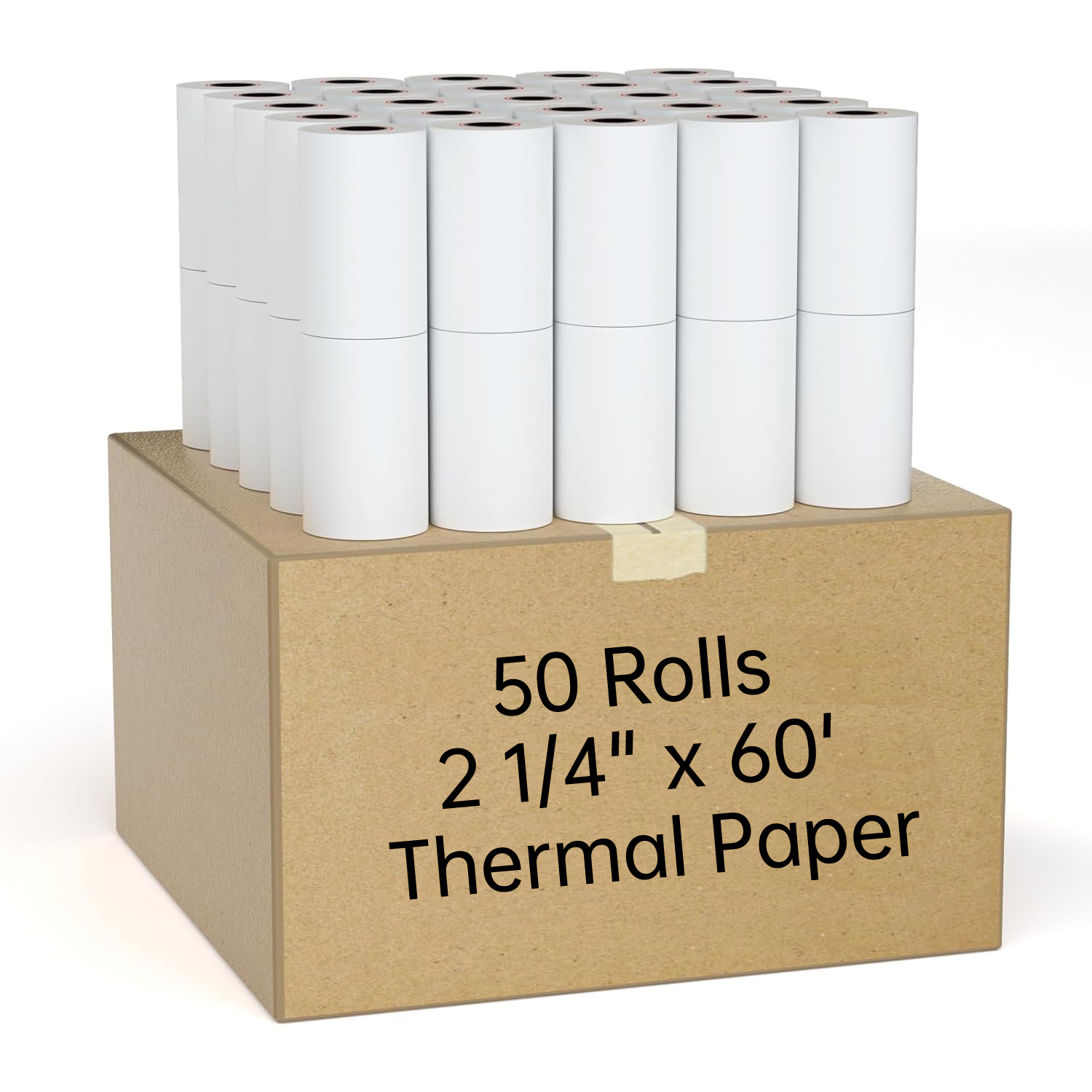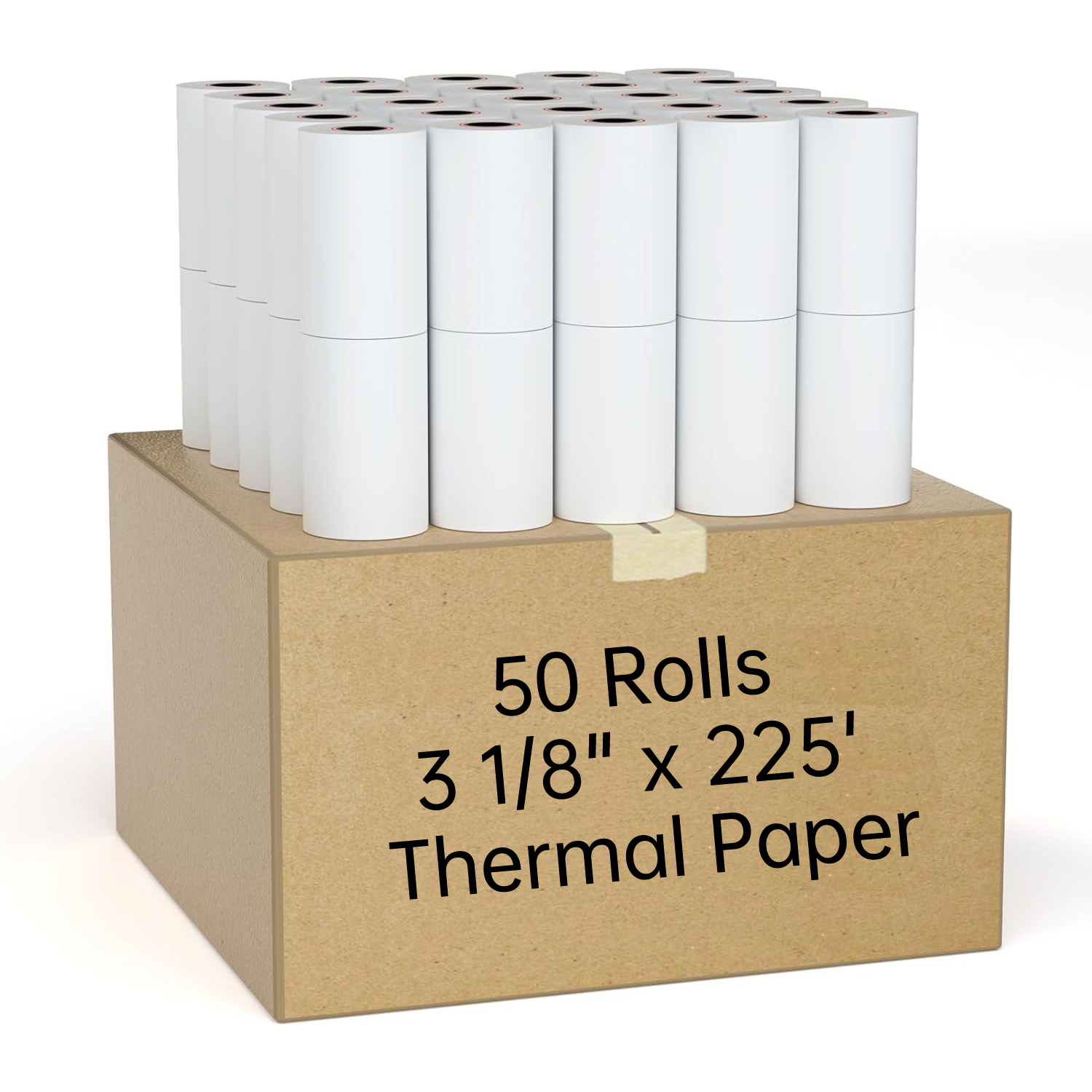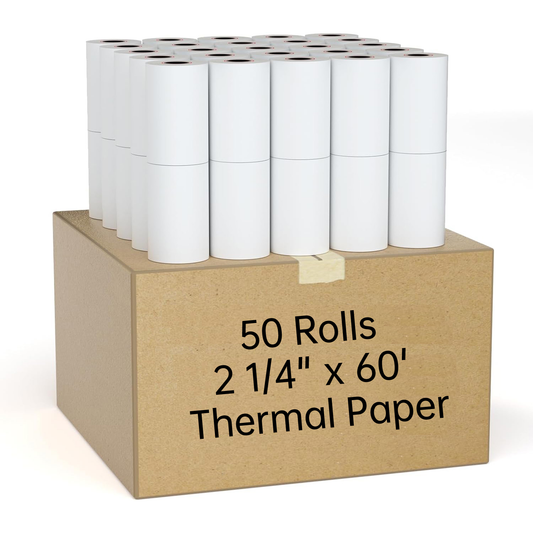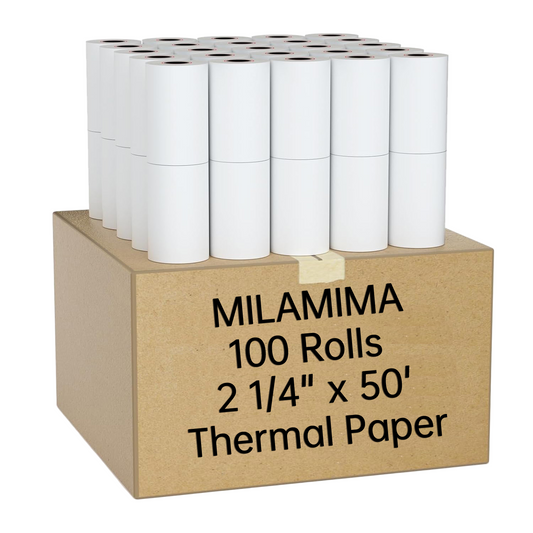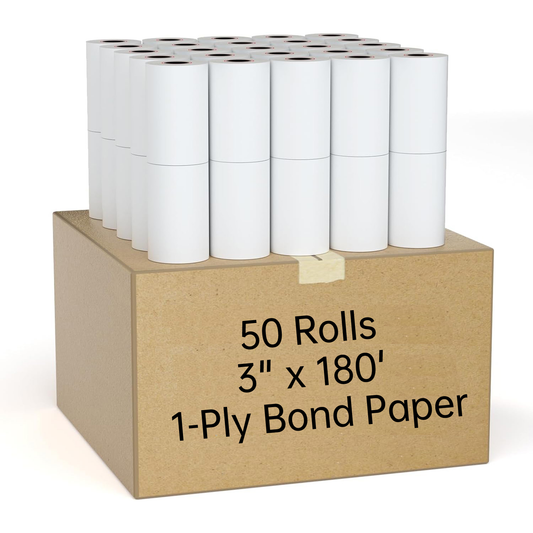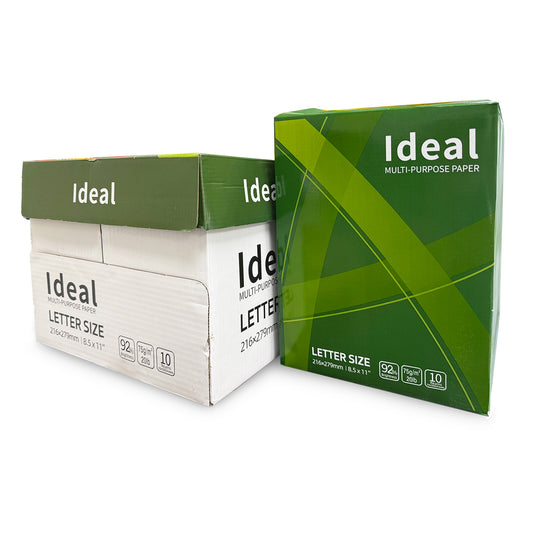Can BPA Be Absorbed Through the Skin? Facts; Safety Tips
Bisphenol A (BPA) is a chemical widely used in manufacturing plastics and thermal paper, particularly as a color developer in receipts. Many people are concerned about the health effects of BPA exposure, and a common question is: can BPA be absorbed through the skin? The answer is yes — research has confirmed that BPA can penetrate the skin and enter the body, which has important implications for those who handle thermal paper regularly.
What Is BPA and Why Is It Used in Thermal Paper?
BPA is an industrial chemical used primarily to make polycarbonate plastics and epoxy resins. In thermal paper, BPA acts as a developer that reacts to heat to form images and text without ink. This is why many receipts from cash registers and credit card machines have a glossy, coated surface containing BPA.
How Is BPA Absorbed Through the Skin?
Unlike ingestion or inhalation, skin absorption occurs when BPA on a surface (like thermal paper) comes into direct contact with the skin. Studies measuring dermal absorption rates found that between 0.4% and 25% of BPA can be absorbed through the skin depending on conditions such as:
- Length of contact
- Skin moisture and temperature
- Amount of BPA on the paper
- Frequency of exposure
This means that regular handling of thermal receipts without protection could result in measurable BPA entering your bloodstream.
Health Concerns Linked to BPA Exposure
BPA is classified as an endocrine disruptor, which means it can interfere with hormone function. Some studies suggest BPA exposure may be linked to health issues such as:
- Reproductive problems
- Increased risk of certain cancers
- Metabolic disorders
- Developmental effects in children
While research is ongoing and regulatory limits are in place, minimizing BPA exposure remains a prudent approach.
How to Reduce BPA Skin Absorption When Handling Thermal Paper
If you regularly handle receipts or thermal paper, here are practical tips to reduce BPA exposure:
- Minimize direct contact: Use gloves or carry a paper folder to hold receipts.
- Wash hands regularly: Washing your hands after handling receipts helps remove BPA residue.
- Avoid touching your face: BPA can transfer from your fingers to your mouth or eyes.
- Choose BPA-free paper: Many companies now offer BPA-free thermal paper alternatives that are safer for frequent handlers.
- Digitize receipts: Request electronic receipts when possible to avoid paper handling altogether.
BPA Alternatives: Safer Thermal Paper Options
Due to growing awareness of BPA risks, manufacturers have developed BPA-free thermal paper that uses alternative developers such as:
- BPS (Bisphenol S)
- Polymer-based developers
- Vitamin C-based coatings
When sourcing thermal paper for your business or personal use, look for BPA-free certifications to protect your health and that of your employees or customers.
Conclusion
BPA can indeed be absorbed through the skin, especially during frequent handling of thermal paper receipts. Understanding the absorption risks and adopting preventive measures can significantly reduce your exposure. Consider switching to BPA-free paper options and practice good hygiene to stay safe.
For more information about BPA-free thermal paper rolls and safe receipt solutions, visit Milamima. We offer high-quality BPA-free thermal paper rolls that meet Canadian safety standards and provide peace of mind for your business.


